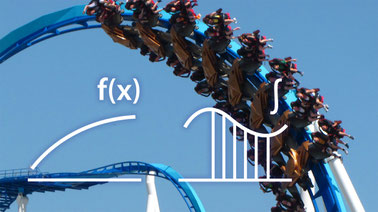The online ratio and proportion simulations on this page will help you understand these two important mathematical concepts, how they relate to each other and how they differ.
Ratio and proportion are two fundamental concepts in mathematics that are used to compare and relate quantities or magnitudes to each other. These ideas are widely used in various fields, such as physics, economics, statistics and everyday problem solving.
Ratio refers to the comparison between two quantities or numbers and is expressed as the quotient of two terms. For example, if you have 4 apples and 2 oranges, the ratio of apples to oranges would be 4:2 or 4/2, which simplifies to 2:1 or 2/1. This indicates that there are twice as many apples as oranges.
Ratio, on the other hand, is an equality between two ratios. It is established when two ratios are equivalent. For example, if you have 6 lemons and 3 limes, and you also have 9 oranges and 4 bananas, you can state the ratio between lemons, limes, oranges and bananas as 6:3 = 9:4. This indicates that the ratio of lemons to limes is the same as the ratio of oranges to bananas.
Ratio and proportion are useful tools in many situations. For example, in proportionality problems they are used to solve proportional equations and determine unknown values. They are also fundamental in the calculation of percentages, scales and in data analysis. In statistics, ratios and proportions are used to compare groups and analyze trends.
In addition, ratio and proportion are useful in everyday life. For example, when calculating discounts in a store, ratio is used to determine the amount of money saved relative to the original price. They are also used to dilute chemical solutions, mix ingredients in cooking recipes, or adjust the proportions in a color mixture.
Explore the exciting STEM world with our free, online simulations and accompanying companion courses! With them you'll be able to experience and learn hands-on. Take this opportunity to immerse yourself in virtual experiences while advancing your education - awaken your scientific curiosity and discover all that the STEM world has to offer!
- Concepts
- Unit
- Playground
Ratio and proportion
Play with your left and right hand in different ways to explore ratios and proportions. Start in the Discover screen to find each ratio that the challenge asks for using your hands. Then, on the Create screen, set up your own challenge ratios. Once you have found a challenge ratio, try moving both hands while maintaining the challenge ratio through proportional reasoning.
File
Unit rates
Discover the price/quantity ratio while shopping for fruit, vegetables, and candy. Build a double number line and look for patterns. Challenge yourself on the race track by comparing two cars with different distance/time ratios!
File
Proportion playground
Play with ratios and proportions by designing a necklace, shooting paint balloons, playing pool, or buying apples! Make predictions about ratios before they are revealed.
File
Mathematics courses


MathTrackX: Special Functions



Maths Essentials



Pre-University Calculus



How to Learn Math: For Students



Linear Algebra IV: Orthogonality & Symmetric Matrices and the SVD



Linear Algebra III: Determinants and Eigenvalues



Linear Algebra II: Matrix Algebra



Linear Algebra I: Linear Equations

Other courses


Sensing Planet Earth – From Core to Outer Space



Introduction to Solid State Chemistry



Unconventional Reservoir Geomechanics



Pre-University Chemistry



Modeling Climate Change



Microstructural Evolution of Materials Part 2: Defects and Diffusion



Landscape Ecology



Introduction to Quantum Science & Technology


















